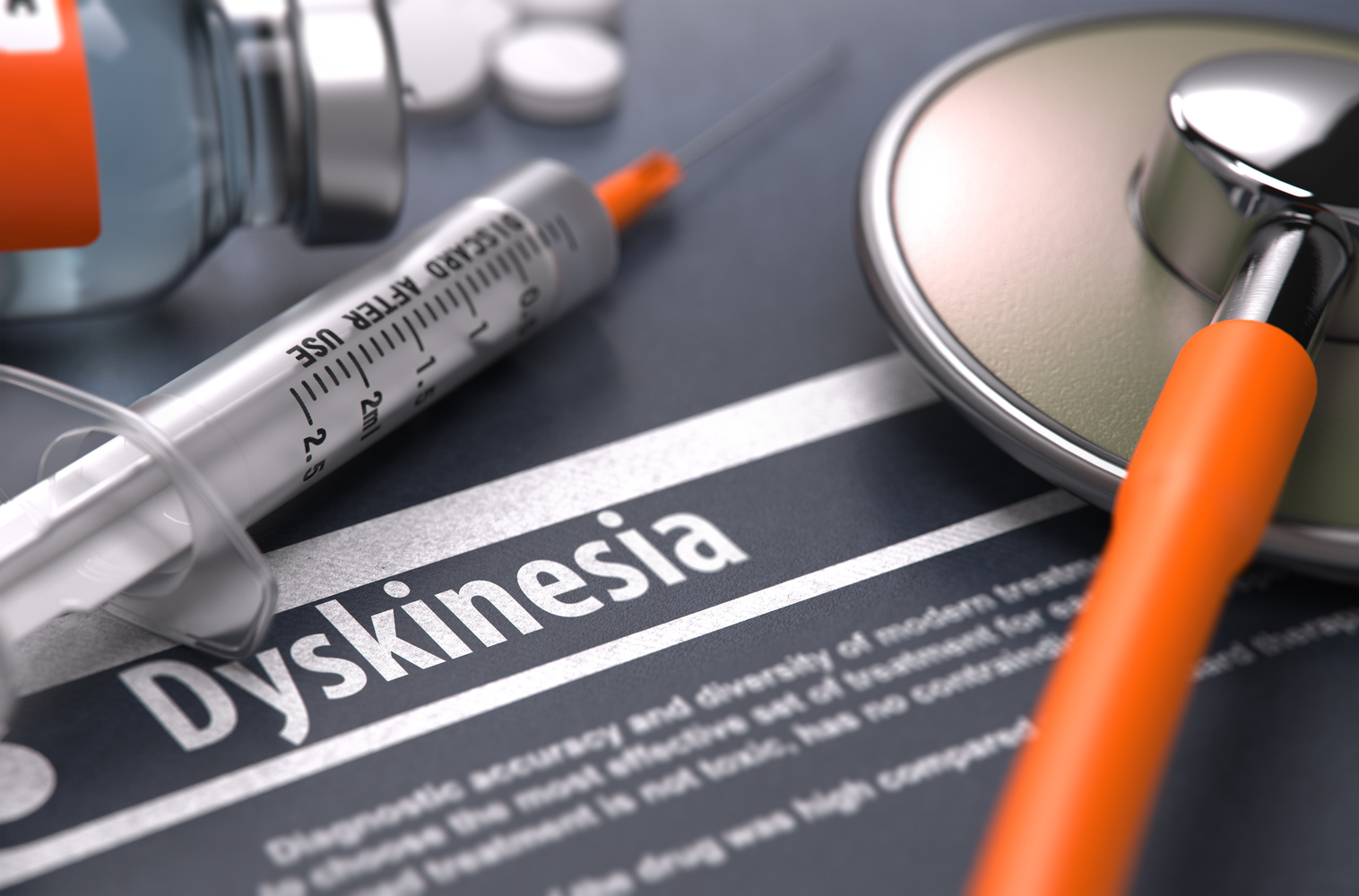
All you need to know about dyskinesia
Most of our muscles are under our control. If we lose control over movement of these muscles and are unable to do anything about it, then the person is said to be affected by movement disorders. These disorders are caused by neurological conditions, impacting the speed, quality, and the ease with which they work.
The disorders can manifest in the form of tremors, shakes, spasms, twitches, grimaces, moans, and wiggling. Sometimes a slowing down of movements can happen too. It can affect one muscle or group of muscles. These movements can be continuous or unexpected. Some can last for a few seconds while others can last longer. All these affect the quality of life of the afflicted person.
Movement disorders are of many types. Essential tremors, physiological tremors, Parkinson’s disease, Dyskinesia, Dystonia, Tics, Dysphonia, Ataxia, Restless leg syndrome, Huntington’s disease, Myoclonus, Multiple system Atrophy, Progressive supranuclear palsy, Tourette’s syndrome, Wilson’s disease are all examples of movement disorders.
Something as simple as nervousness can trigger a reaction. Some other causes that result in such movement disorders are degeneration of neurons, voluntary atrophy of neurons in the brain, diseases of the cerebellum, an excess of copper in the body, or the side effect of certain drugs.
Dyskinesia is an abnormal movement when we try to use our muscles voluntarily. It appears as if our body is trying to move on its own. It can affect one part of our body or the entire body.
The movements sometimes are very minute and noticeable only to the affected person, or someone who knows about their condition and their caregiver. It can start at a slow pace or have a sudden and acute onset. A person suffering from dyskinesia experiences abnormal movements like spasms, tics, and twitches. Sometimes, they also experience slow writhing movements or jerky movements. They can also feel a spasm in a group of muscles. All these results in bobbing movements of the head and swaying of the body.
Dyskinesia affects those persons who are already afflicted by Parkinson’s disease (PD) or those being treated for psychiatric conditions. The side effect of the medication called Levodopa results in dyskinesia; however, not all patients using Levodopa are affected by dyskinesia. If the doctors increase the dosage of Levopada to treat advanced PD, it results in dyskinesia. If they reduce the dosage, it increases the severity of Parkinson’s. People who are being treated for cerebral palsy or multiple sclerosis can also be affected by dyskinesia.
Dyskinesia affects a person’s personal and social life the most. The movements can start anytime, which means that the person dealing with them has to be prepared at all times. Sensitizing family members is a key factor as they would need care for many of their basic activities.
Their ability to participate in their hobbies or social events is affected. Many would need assistance to eat or dress. Speech, chewing, and swallowing can become slow and difficult. Caregivers should ensure that they are monitored so that they can be safe and be attended to at all times.



